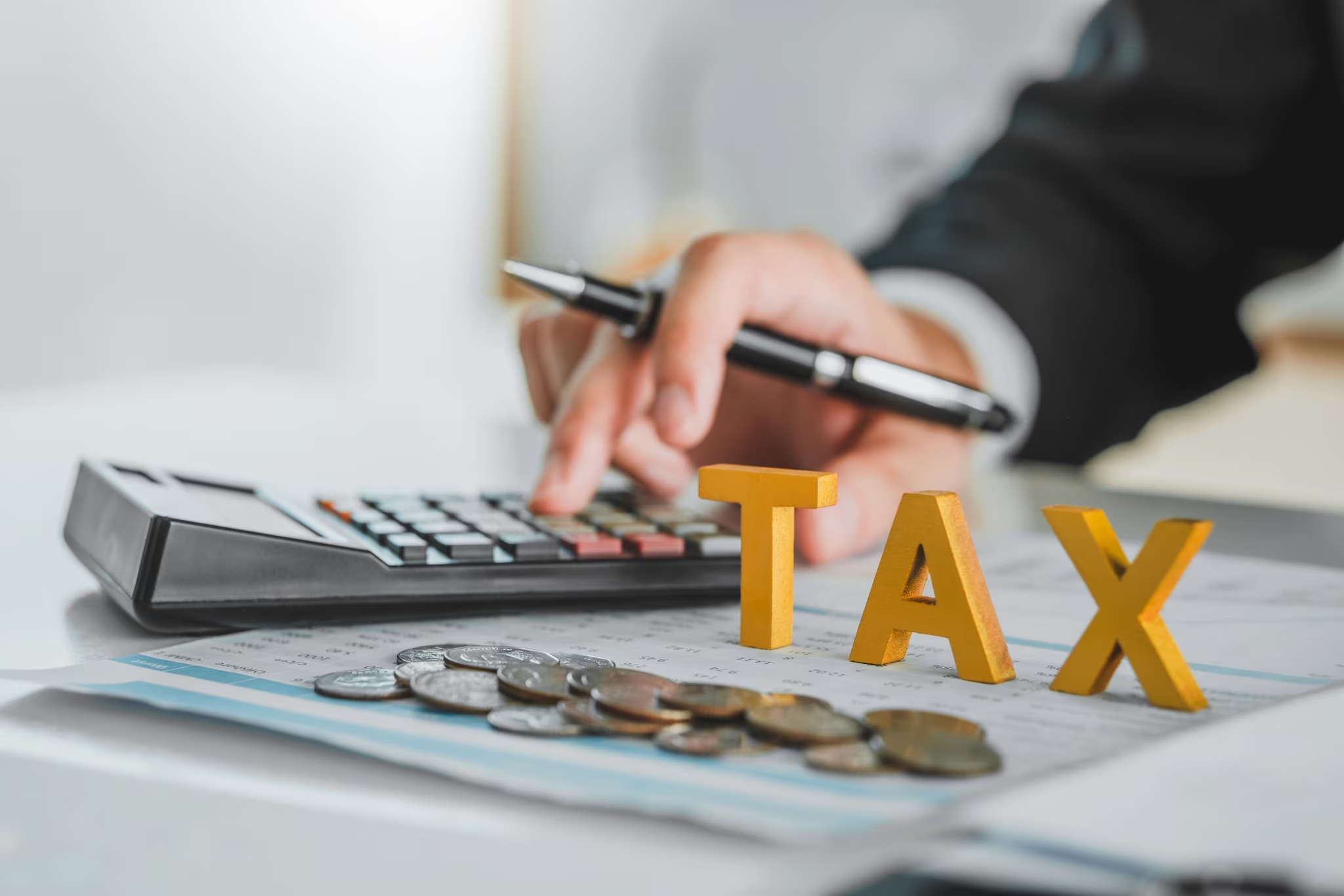Fixed deposits (FDs) are one of the most preferred investment instruments in India, owing to their safety, guaranteed returns, and simplicity. However, like any other form of income, the interest earned on FDs is taxable. It is essential for investors to understand the taxation norms that apply to fixed deposit interest to manage their financial expectations and tax liabilities effectively.
Understanding Taxation on Fixed Deposit Interest
Interest earnings from fixed deposits are categorized as “Income from Other Sources” under the Income Tax Act of India. Consequently, these earnings are liable to be taxed in the hands of the investor as per their applicable income tax slab rates.
For instance, if an investor falls under the 20% tax bracket, the interest earned on FDs will be taxed at this rate. Conversely, those under the 30% bracket will pay tax accordingly on their FD interest income.
Tax Deducted at Source (TDS) on Fixed Deposits
The Income Tax Department mandates banks to deduct tax at source (TDS) on the interest earned on fixed deposits if the total interest from all FDs exceeds Rs. 40,000 in a financial year. This limit is Rs. 50,000 for senior citizens. The rate of TDS is fixed at 10% if the investor has provided their Permanent Account Number (PAN) to the bank; if the PAN is not furnished, TDS is deducted at 20%.
For example, consider an investor who earns a total interest of Rs. 60,000 on her fixed deposits in a financial year. Since this exceeds the threshold, banks will deduct a 10% TDS, translating to Rs. 6,000, assuming the PAN is provided. Should the investor not provide their PAN, Rs. 12,000 will be deducted as TDS.
Filing Tax Returns and Claiming Refunds
If an investor’s total taxable income is below the taxable limit or if they opt for tax-saving instruments that cause their effective tax rate to fall below the TDS rate applied, they may claim a refund by filing their Income Tax Return (ITR). It is crucial to file the ITR accurately, including the details of interest earnings and TDS, to ensure smooth processing of refunds.
Investors can submit Form 15G (Form 15H for senior citizens) to their respective banks to declare that their income is below the taxable limits. These forms must be submitted at the beginning of the financial year to avoid TDS deductions.
Calculation Example
Assume Mr. Sharma earns Rs. 5 lakh annually from his salary and Rs. 50,000 as interest from FDs. Mr. Sharma opts for tax-saving investments under Section 80C, reducing his taxable income by Rs. 1.5 lakh.
Here’s a breakdown of his taxable income calculation:
1. Gross Income:
– Salary: Rs. 5,00,000
– FD Interest: Rs. 50,000
– Total Income: Rs. 5,50,000
2. Deductions:
– Under Section 80C: Rs. 1,50,000
3. Taxable Income:
– Rs. 5,50,000 – Rs. 1,50,000 = Rs. 4,00,000
Given Mr. Sharma’s taxable income falls below the threshold for the 20% slab, the actual tax payable on his FD interest would be less than the TDS deducted by the bank. In such cases, Mr. Sharma can file his ITR declaring the gross interest earnings and TDS details, thereby claiming a refund.
Summary
Taxation of fixed deposits in India involves the inclusion of interest earnings under “Income from Other Sources,” and the tax applied aligns with the investor’s income tax slab rate. Banks deduct tax at source (TDS) at a 10% rate on interest income exceeding Rs. 40,000 annually (Rs. 50,000 for senior citizens) provided the PAN number is submitted; otherwise, TDS is deducted at 20%. Investors can claim tax refunds by declaring interest income and TDS details in their Income Tax Returns if their taxable income falls below the exempt limit or effectively falls into a lower tax bracket than the TDS applied. Utilizing forms like 15G or 15H can prevent TDS deductions when income doesn’t exceed taxable limits. However, investors should thoroughly gauge individual financial circumstances and market conditions before any investment decisions.
Disclaimer
The Indian financial market is multifaceted, and different instruments may include varied risks and benefits. It is crucial for investors to assess all factors along with their personal financial conditions before making investment decisions.





